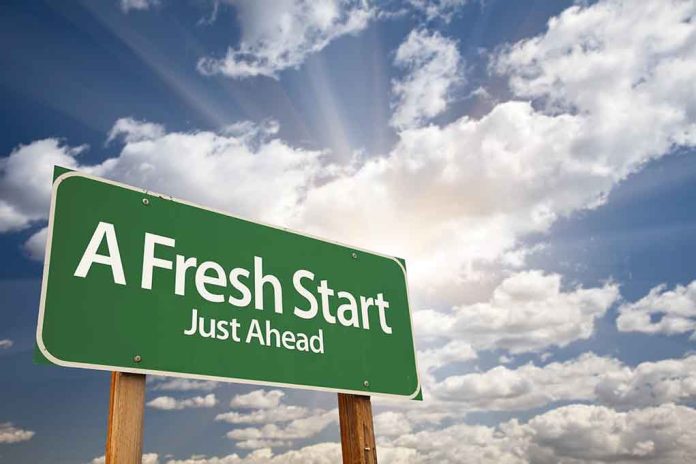
(DailyDig.com) – Unlike many private debt collectors, the Internal Revenue Service (IRS) is surprisingly easy to deal with, even if you owe them money. If you owe less than $50,000 in back taxes, the IRS has a special set up to enable you to pay that debt over a longer period of time. You may even be able to avoid collections and see all penalties waived.
This program is called the Fresh Start Initiative. The IRS established it in 2011 and modified it in 2012, broadening the number of taxpayers it could help. There are three repayment methods which are set to help the taxpayer pay off tax debt without getting into more debt.
Do You Qualify for the Fresh Start Initiative?
There are a few requirements for a taxpayer to receive help via the Fresh Start Initiative. They are:
- Your debt must be less than $50,000 and you must be able to repay the majority of your debt within five years.
- You can’t have previously fallen behind on IRS debt.
- You’re current with your tax filings and can commit to staying current for the duration of the payment period.
- You can agree to a direct payment structure via an installment agreement or a reduced debt agreement. This is called an Offer in Compromise (OIC) agreement.
If you’re representing your small business instead of your individual taxes, you can also apply, but you have to be current with your business’ employment tax payments.
Fresh Start Initiative: Three Payment Options Overview
There are three ways to pay if you get accepted into the Fresh Start Initiative. They are:
- Installment Agreement: The IRS assesses all income, debts, loans, taxes owed, and assets and comes up with a fixed monthly payment scheme. This has to occur in six years or less. The IRS prefers direct bank withdrawal for this method. With this structure, low-income taxpayers may have some fees waived.
- Offer in Compromise: When taxpayers can’t pay in full, an offer in compromise permits them to pay a reduced amount of debt in a shorter time period. The IRS only agrees to this when they understand they can’t get the full tax amount via an installment agreement. The taxpayer has to make a 20 percent lump sum payment and five installments (or monthly payments) in 24 months or less to take this option.
- Lump Sum Payment: Are you able to pay all that you owe now? If so, the IRS might waive fees and penalties if you can pay your back taxes fully.
Other Fresh Start Initiative Benefits
Before the Fresh Start Initiative, the IRS would file a federal tax lien when a taxpayer accrued over $5,000 in debt. In 2011, they raised that number to $10,000 and boosted it to $25,000 in 2012. This keeps your credit report clear of an IRS lien while you are clearing your debt with them.
It also helped small businesses make installment payments while keeping current on employment tax payments.
How to Apply for the Fresh Start Initiative
You can do this on your own through the IRS website, but it’s a complex process. To maximize your benefits, consider working with a tax professional to apply for the Fresh Start Initiative. This ensures an accurate, thorough application, and one that is more likely for the IRS to accept on the first try.
When financial difficulties strike, it’s easy to get behind on taxes. Food, mortgage, car payments, day care, medical bills, and rent all seem more important than taxes. However, taxes are necessary to keep society running, and we all have to pay them. Fortunately, the IRS is amenable to payment arrangements through the Fresh Start Initiative.
Copyright 2023, DailyDig.com













